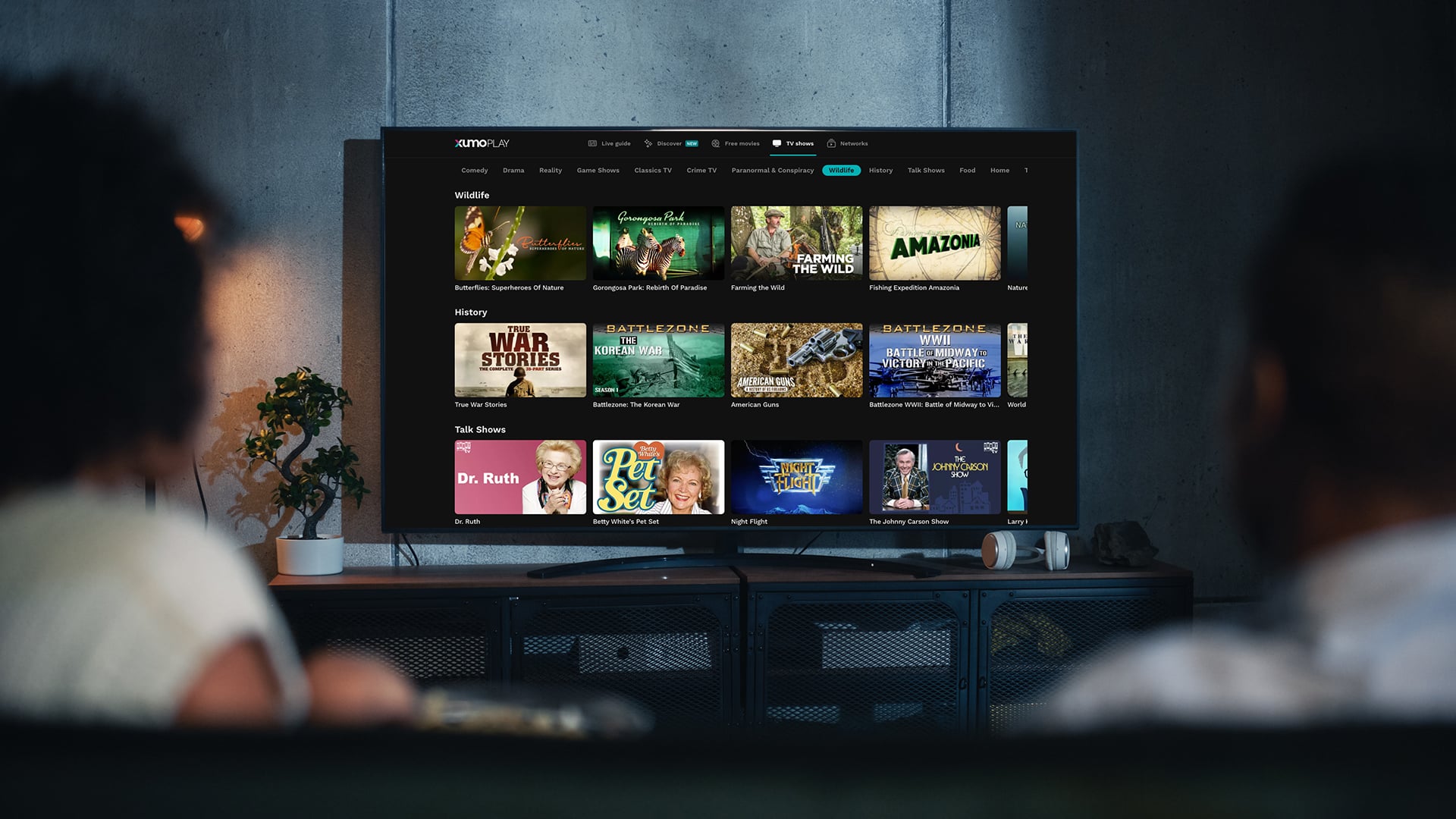Facts About Apollo Group Tv Uncovered
Facts About Apollo Group Tv Uncovered
Blog Article
A Biased View of Apollo Group Tv
Table of ContentsExcitement About Apollo Group TvTop Guidelines Of Apollo Group TvSome Ideas on Apollo Group Tv You Should Know5 Simple Techniques For Apollo Group Tv
In this circumstance, instead of having three-minute business spots during a 30-minute tv program, TV programming may alter to one where a consumer will be required to have a regular monthly registration, so that they cen view targeted banner ads. This kind of advertising and marketing currently occurs on the net, and the amount of data tv business accumulate allows them to do much the same.Define the significant fads amongst the broadcasting and wire networks. Popular radio shows such as authorities dramatization Dragnet and western cowboy series Gunsmoke were adapted for television, and brand-new Television programs were funded by solitary marketers, just as radio shows had been.
Today, the tv sector is much more intricate. Programs are sponsored by several marketers; shows is regulated by major media corporations; and the three significant networks no much longer control the airwaves yet instead share their viewers with various wire channels. Numerous aspects make up these fads within the market, including technological growths, government guidelines, and the creation of new networks.

Apollo Group Tv Can Be Fun For Anyone
Even public television has become based on the impact of advertising. Established in 1969, (PBS) developed out of a report by the Carnegie Payment on Educational Television, which checked out the role of instructional, noncommercial tv on society. The report advised that the federal government finance public tv in order to give diversity of programs during the network eraa solution created "not to sell items" but to "boost citizenship and public service (McCauley, 2003)." Public tv was additionally intended to provide universal accessibility to television for viewers in country locations or visitors that might not manage to pay for private tv solutions.
The duration in between 1950 and 1970 is historically identified as the. In addition to a small section of airtime managed by public television, the three major networks (recognized as the Big 3) dominated the tv industry, jointly accounting for more than 95 percent of prime-time viewing. In 1986, Rupert Murdoch, the head of multinational company Information Corp, launched the Fox network, challenging the supremacy of the Big 3.
Targeting young and minority audiences with programs such as Buffy the Vampire Killer, Moesha, Dawson's Creek, and The Wayans Bros., the brand-new networks intended to draw terminals away from their old network affiliations. Nonetheless, as opposed to repeating the success of Fox, UPN and WB had a hard time to make an influence. Incapable to draw in many affiliate terminals, the 2 fledgling networks reached less houses than their bigger competitors because they were unobtainable in some smaller cities.
This choice led the method for the growth of cord motion picture channels, contributing to the exponential development of cord in the 1980s and 1990s. apollo tv group. More deregulation of wire in the 1984 Wire Communications Policy Act removed constraints on cord prices, enabling operators to bill what they desired for cable solutions as long as there was reliable competitors to the service (a requirement that over 90 percent of all cable television markets could fulfill)
Get This Report on Apollo Group Tv

Having developed the first "superstation," Turner expanded his realm by starting 24-hour news network CNN in 1980. At the end of the year, 28 national programs solutions were readily available, and the cable television transformation had begun. Over the next decade, the market underwent a duration of fast development and appeal, and by 1994 customers might pick from 94 basic and 20 costs cable television solutions.
Figure 9 - https://ameblo.jp/apollogtv01/entry-12871298239.html.16 Increased competitors from cord channels has created a consistent decline in the networks' audience rankings. Throughout the 1950s, the cost of creating a solitary television program increased as shows ended up being much longer and manufacturing costs skyrocketed. Sponsorship on network tv moved from solitary sponsorship, in which a program was totally supported and produced by one advertiser, to several sponsorship, in which advertisers purchased 1- or 2-minute spots on the show
Choose one of the Big 4 networks the original source and publish out its once a week shows timetable. See the network's prime-time programs over the training course of a week, keeping in mind the target market for each program.
Unknown Facts About Apollo Group Tv

Straight television, typically described as typical program television, incorporates cable television and satellite tv. It's called "straight" due to the fact that web content adheres to a predetermined programming schedule, unlike on-demand content which the individual audience chooses to enjoy based upon their very own preferences and routine. When you ask, "What is direct TV?", think about it as the traditional way of seeing TV that has been around for decades.
Report this page